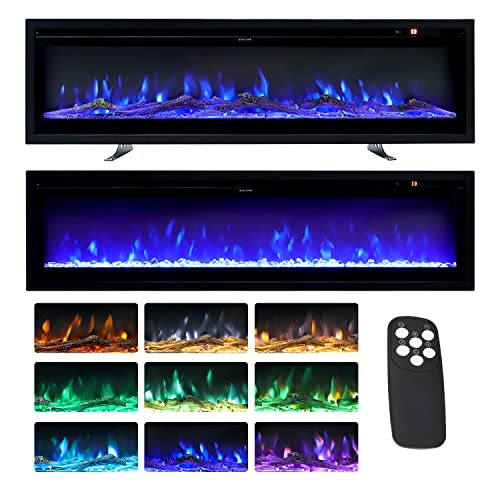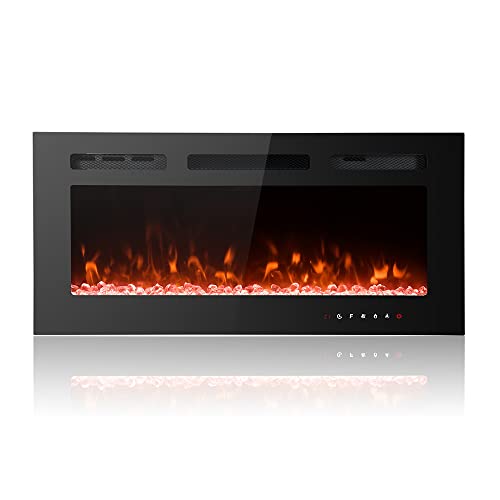Small Wood Burner Tips To Relax Your Daily Life Small Wood Burner Tric…
페이지 정보
작성자Arnulfo McGhee 댓글댓글 0건 조회조회 3회 작성일 25-01-01 17:52본문
 Caboose - A very small wood burning stove small wood burner (jszst.com.cn)
Caboose - A very small wood burning stove small wood burner (jszst.com.cn)The Caboose is an Ecodesign and DEFRA approved log burner which can burn both smokeless and wood. It can burn larger pieces of wood, compared to smaller stoves, and it has an extremely high efficiency in terms of heat output and burn duration.
It is also possible to shield with a heatshield to comply with Approved Document J Building Regulations, which require wood stoves to be kept 150mm away from surfaces that are combustible on all sides.
Clean Wood
Wood stoves aren't only beautiful to look at but they also provide a great source of heat for a home. To ensure that they work smoothly and efficiently, they must be maintained in a proper manner. It can be quite a challenge to keep the glass in good condition. However, a few simple tips can make a big difference.
First of all, it is crucial to only use well-seasoned wood on your wood stove. This means that the wood should have been chopped and stored for at least a year prior to being used, as this will help reduce the amount of smoke. Unseasoned wood can cause the flue to overheat and cause an uncontrollable fire. of control.
You should also burn clean cheap wood burner on your contemporary wood burners burning stove. Avoid burning paper and other non-wood products like plastics or rubber because they release toxic fumes which are bad for your health. Do not burn treated or painted wood either because this could release harmful chemicals such as arsenic in the air that is not healthy for you.
It is also important to clean the inside of your stove frequently. You can do this easily with a vacuum cleaner from your home with a brush attachment. You can also buy various cleaners that are designed specifically for use on glass stoves, however it is important to check that any product you purchase does not invalidate the warranty on your stove prior to using it.
Finally, it is important to check regularly the fire rope seals that surround the top and bottom doors of your wood burner. These seals help to prevent smoke or soot from getting out of the stove and it is crucial to make sure that they're securely in place and not deteriorating.
Last but not least, you should remove any birds that have landed on your chimney. Seagulls can pose a threat as they will be a nuisance to chimneys during summer. This can cause all sorts of debris to be deposited in the flue and cause damage to your stove. There are a number of different spikes and bird guards available that can be put on your chimney to prevent this from happening.
Paper Burning
Burning paper is a quick method of getting a fire started, but the wrong type of paper can cause dangerous smoke. Some types of paper such as glossy magazines and gift wrap contain toxic chemicals that release toxic fumes when burnt. Make sure to burn only clean paper on your wood stove to avoid creating a hazardous environment.
If you have only just a few pieces of paper to burn, you might consider using the tub. Set a stack of papers on top of the tub and light one corner. The water will smother the embers, preventing them from burning nearby grass or trees. If you are concerned about the smell of burning paper, place a bowl of vinegar or baking soda near to neutralize the smell.
Begin with a base of small twigs, or newspaper shredded. This will ensure that the newspaper burns in a proper manner. Then add 3-4 medium-sized logs to the flame and allow them to start to burn. Then, you can layer the paper over the tinder. The paper will begin to burn quickly It is therefore important to stay close and watch the flame as it burns.
It is an ideal idea to pick an unwind-free day to burn paper outdoors. A strong gust of wind can blow embers into the grass or onto your property. Additionally, the smoke from burning papers could cause breathing problems when inhaled.
You can also use the BBQ grill to ignite paper, but this method is best if you only have just a few sheets of paper to burn. If you have a grilling surface you can remove it and then burn the paper directly on the charcoal.
Before you begin to burn paper, make sure that your wood burner is operational and that the fire pit is clear of twigs, branches, and other materials that could ignite. In case there is an emergency, it's recommended to keep a fire extinguisher in the vicinity. Check with your local government and homeowners association to see if it is legal for you to burn paper outside.
Safety Precautions
freestanding wood burning stove burning stoves can be fantastic sources of relaxation and comfort, but only if you use them with care. While it may appear obvious to some however, the reality is that a lot of people fail to follow simple safety guidelines.
Make sure that your stove is adequately insulated, and that any pipes that lead to the outside are secured. You should also make sure that children and pets are kept away from the stove.
Be sure that no garbage or paper is placed in the firebox. The chimney and fireplace could overheat if the items are burned. They can also create creosote, which is a major fire hazard and must be cleaned regularly.
Check that the smoke alarms are in good working condition and test them every month. Similarly, it is an excellent idea to install carbon monoxide detectors, which can save lives and are relatively inexpensive.
Always keep a fire extinguisher at reach in the event of an emergency. Never build a large stack of logs. Only burn dry well-seasoned wood. Burning a large pile of logs will result in a lack of combustion and can increase CO emissions. It is also important to keep an eye on the fire and if it becomes out of control, extinguish it immediately.
When you have finished using your stove, make sure the fire has been extinguished and that all combustible materials are removed from the area around the fireboxes as well as flue pipes. The requirements for clearance will differ depending on the model of your stove and how you plan to place the stove inside your home.
If you are planning to install your wood stove in a smoke controlled zone, look for a DEFRA approved model. These stoves have been designed to work in smoke-controlled areas. They are available in a variety of sizes and colours. Some models can be customised to suit your decor and include a an air intake that is designed to provide better performance in smoke controlled zones.
Installation
Wood stoves can be used to heat small areas. They can be found in yurts, sheds, and even cabins. They also provide a warm and cozy fire without the use of electricity or oil. To properly install your wood stove, it's important to follow the manufacturer's installation instructions. These guidelines will ensure that your wood stove is safe and can use it without any issues.
Before installing your stove, clean the surrounding area of any combustible material. Also, ensure that you have at least 16" of space between the stove and the nearest combustible wall. If you are unable to meet these requirements then a stove board or hearth pad can be installed. This non-combustible mat will come with spacers of 1" to allow the stove stand further away from walls, which can reduce the clearance requirements by up to 66%.
You should also take out items that are combustible, such as curtains and furniture to stop smoke from entering the room. Install a smoke and carbon monoxide alarm in your shed. The last thing to do is ensure that your shed is equipped with adequate ventilation. It is crucial to regularly check your stove and chimney to ensure safety.
It is recommended to buy an electric stove made of wood that is EPA certified. This means that the stove is more than 75 percent efficient. This means it will absorb and convert a greater amount of heat generated by the wood. You should also choose your wood stove according to the recommended heating capacity of the room where it will be placed. This will ensure that you do not risk overloading your stove, which can lead to creosote build-up and smokeouts.
After you have cleared out the space and removed all combustible materials, you will need to prepare the foundation of your stove. This will include the removal of any combustible material and making the hearth ready. It is also important to check any vents in place to ensure they are open and clear. You'll need to put in vents if they aren't working.
 After you have set up your stove, test its capabilities by lighting three or four small fires. This will help cure the fire bricks and paint on your stove and will make sure that it is safe to use an extensive fire.
After you have set up your stove, test its capabilities by lighting three or four small fires. This will help cure the fire bricks and paint on your stove and will make sure that it is safe to use an extensive fire.댓글목록
등록된 댓글이 없습니다.

